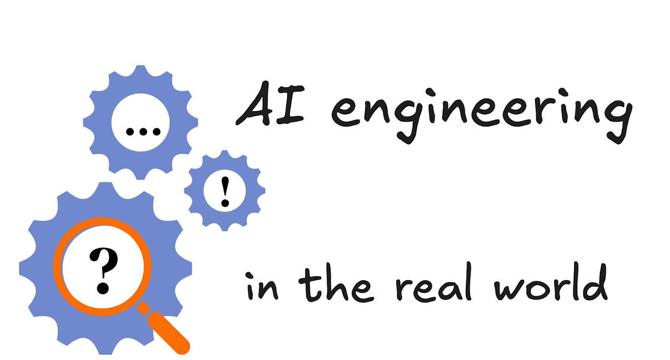The Pragmatic Engineer
1M
458

Image Credit: The Pragmatic Engineer
AI Engineering in the real world
- AI Engineering is a versatile field, encompassing ML engineers, data scientists, software engineers, and more, utilizing language models for building applications.
- Chip Huyen defines AI engineering as the bridge between software engineering and ML engineering, often starting with software engineers utilizing language model APIs.
- Software engineers transitioning to AI engineering work with large language models to build features and products, facing various challenges and utilizing diverse tech stacks.
- Companies like incident.io, Sentry, Augment Code, Elsevier, Wordsmith, Simply Business, and DSI are highlighted for their AI engineering applications and tools.
- Common topics covered include what companies are building, onboarding tips for software engineers entering AI engineering, tech stacks used, engineering challenges, and novel tooling.
- Issues like non-deterministic outputs, evaluation, latency, privacy, and cost considerations are key challenges in AI engineering projects.
- Developers emphasize the importance of being able to assess the quality of AI outputs, ramping up expertise, and understanding domain-specific nuances.
- The article includes insights from software engineers at various companies, sharing experiences and advice for transitioning to AI engineering roles.
- Tech stacks utilized by these companies vary, with common tools like Postgres, PyTorch, LangChain, AWS Bedrock, Pinecone, Sonnet, and more being employed.
- AI coding assistants, legal AI tools, chatbots, and summarization features are among the applications highlighted in the article, showcasing the diverse applications of AI engineering.
- Overall, AI engineering presents unique challenges and opportunities for software engineers transitioning to this dynamic and rapidly evolving field.
Read Full Article
25 Likes
For uninterrupted reading, download the app